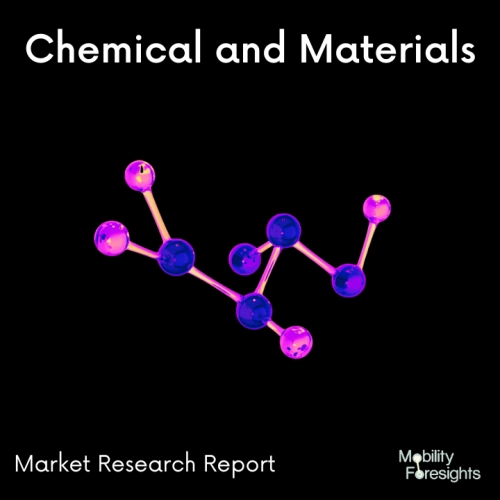
- Get in Touch with Us

Last Updated: Apr 25, 2025 | Study Period: 2024-2030
It is referred to as a water-in-oil emulsion when oil is the primary fluid and 40% water is added (emulsified) into the oil. These kinds of fire-resistant hydraulic fluids are sometimes known as invert emulsions because they contain very small water droplets floating in the oil.

This type of fluid won't be as fire resistant but will lubricate better than one that is 95 percent water and 5 percent mineral oil with additives.
It's crucial to keep these fluids' water content at a certain level. As these fluids start to lose their fire-resistant qualities at water levels of less than 35 percent, the proportion of water typically needs to be kept between 35 and 45 percent.
The Global Water-in-oil emulsion hydraulic fluid market accounted for $XX Billion in 2021 and is anticipated to reach $XX Billion by 2030, registering a CAGR of XX% from 2024 to 2030.
QUINTOLUBRIC 915, from Quaker Houghton in contrast to conventional HFA-E, includes only a little amount of mineral oil and creates a micro-emulsion.
Easy to combine with water, QUINTOLUBRIC 915 has exceptional emulsion stability in water with hardness up to 28° dH. (V-water). On a variety of metals that are frequently used in hydraulic systems, it possesses good corrosion protection.
The great bioresistance and exceptionally stable pH of the emulsion that QUINTOLUBRIC 915 provides over time.
Globally, people are aware of the QUINTOLUBRIC brand as the source for high-quality, high-performing, fire-resistant, and ecologically friendly fluids.
At mining sites all around the world, QUINTOLUBRIC fire resistant hydraulic fluids are in use, rising to every challenge. Solenoids have not corroded, filters have not been clogged in, and worker safety has increased.
| Sl no | Topic |
| 1 | Market Segmentation |
| 2 | Scope of the report |
| 3 | Abbreviations |
| 4 | Research Methodology |
| 5 | Executive Summary |
| 6 | Introduction |
| 7 | Insights from Industry stakeholders |
| 8 | Cost breakdown of Product by sub-components and average profit margin |
| 9 | Disruptive innovation in the Industry |
| 10 | Technology trends in the Industry |
| 11 | Consumer trends in the industry |
| 12 | Recent Production Milestones |
| 13 | Component Manufacturing in US, EU and China |
| 14 | COVID-19 impact on overall market |
| 15 | COVID-19 impact on Production of components |
| 16 | COVID-19 impact on Point of sale |
| 17 | Market Segmentation, Dynamics and Forecast by Geography, 2024-2030 |
| 18 | Market Segmentation, Dynamics and Forecast by Product Type, 2024-2030 |
| 19 | Market Segmentation, Dynamics and Forecast by Application, 2024-2030 |
| 20 | Market Segmentation, Dynamics and Forecast by End use, 2024-2030 |
| 21 | Product installation rate by OEM, 2023 |
| 22 | Incline/Decline in Average B-2-B selling price in past 5 years |
| 23 | Competition from substitute products |
| 24 | Gross margin and average profitability of suppliers |
| 25 | New product development in past 12 months |
| 26 | M&A in past 12 months |
| 27 | Growth strategy of leading players |
| 28 | Market share of vendors, 2023 |
| 29 | Company Profiles |
| 30 | Unmet needs and opportunity for new suppliers |
| 31 | Conclusion |
| 32 | Appendix |